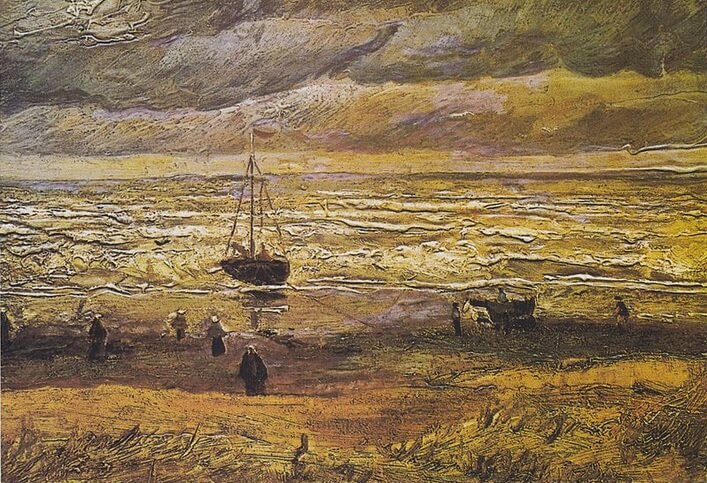 Adventures in Art History
Art Adventures
Adventures in Art History
Art Adventures


 Adventures in Art History
Art Adventures
Adventures in Art History
Art Adventures

Study the painting for one week.
Over the week:
Vincent van Gogh painted 'Beach at Scheveningen in Stormy Weather.'


Activity 1: Can You Find It?
During the week, study the painting and find the following:

Activity 2: Narrate the Painting
Activity 3: Complete Vocabulary Activities
Activity 5: Color the Painting
